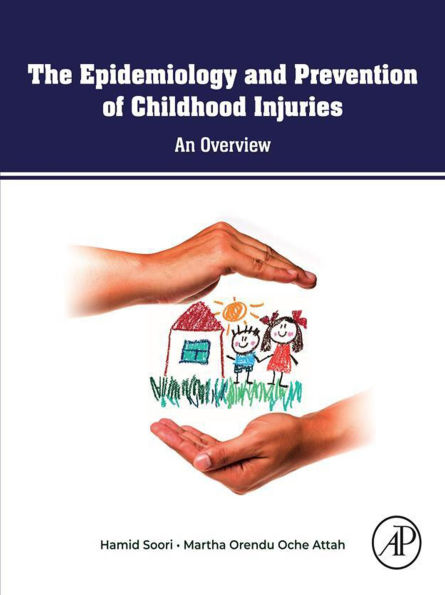The Epidemiology and Prevention of Childhood Injuries: An Overview
The Epidemiology and Prevention of Childhood Injuries: An Overview takes a comprehensive approach to understanding and addressing childhood injuries. Integrating global research and practice, the book aims to significantly advance injury prevention among children. With detailed chapters on epidemiological measures, risk factors, and prevention strategies, it offers a thorough review of childhood injury contexts. The book covers injuries related to transport, home, school, play, sports, workplace, violence, and disasters. It discusses first aid essentials, accountability, and collaboration, concluding with methodologies, data collection techniques, and outcome assessments. This resource is invaluable for researchers, pediatricians, public health experts, and policymakers seeking to protect children. - Offers a reliable, up-to-date resource for understanding and addressing epidemiology, risk factors, prevention strategies, and interventions of childhood injuries - Discusses how different social identities can intersect and contribute to disparities in injury rates and outcomes - Explores how social determinants of health, such as race, ethnicity, socioeconomic status, and access to healthcare contribute to disparities in injury rates and outcomes - Equips readers with actionable insights, multidisciplinary approaches, and technological innovations that can be applied in various settings to create safer environments for children
1147459736
The Epidemiology and Prevention of Childhood Injuries: An Overview
The Epidemiology and Prevention of Childhood Injuries: An Overview takes a comprehensive approach to understanding and addressing childhood injuries. Integrating global research and practice, the book aims to significantly advance injury prevention among children. With detailed chapters on epidemiological measures, risk factors, and prevention strategies, it offers a thorough review of childhood injury contexts. The book covers injuries related to transport, home, school, play, sports, workplace, violence, and disasters. It discusses first aid essentials, accountability, and collaboration, concluding with methodologies, data collection techniques, and outcome assessments. This resource is invaluable for researchers, pediatricians, public health experts, and policymakers seeking to protect children. - Offers a reliable, up-to-date resource for understanding and addressing epidemiology, risk factors, prevention strategies, and interventions of childhood injuries - Discusses how different social identities can intersect and contribute to disparities in injury rates and outcomes - Explores how social determinants of health, such as race, ethnicity, socioeconomic status, and access to healthcare contribute to disparities in injury rates and outcomes - Equips readers with actionable insights, multidisciplinary approaches, and technological innovations that can be applied in various settings to create safer environments for children
170.0
In Stock
5
1

The Epidemiology and Prevention of Childhood Injuries: An Overview
400
The Epidemiology and Prevention of Childhood Injuries: An Overview
400
170.0
In Stock

Product Details
| ISBN-13: | 9780443329432 |
|---|---|
| Publisher: | Elsevier Science & Technology Books |
| Publication date: | 05/20/2025 |
| Sold by: | Barnes & Noble |
| Format: | eBook |
| Pages: | 400 |
| File size: | 18 MB |
| Note: | This product may take a few minutes to download. |
About the Author
From the B&N Reads Blog
